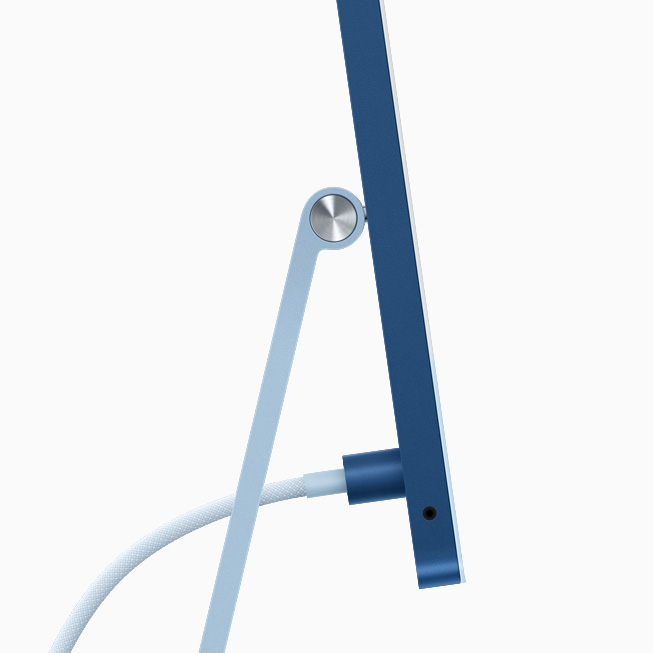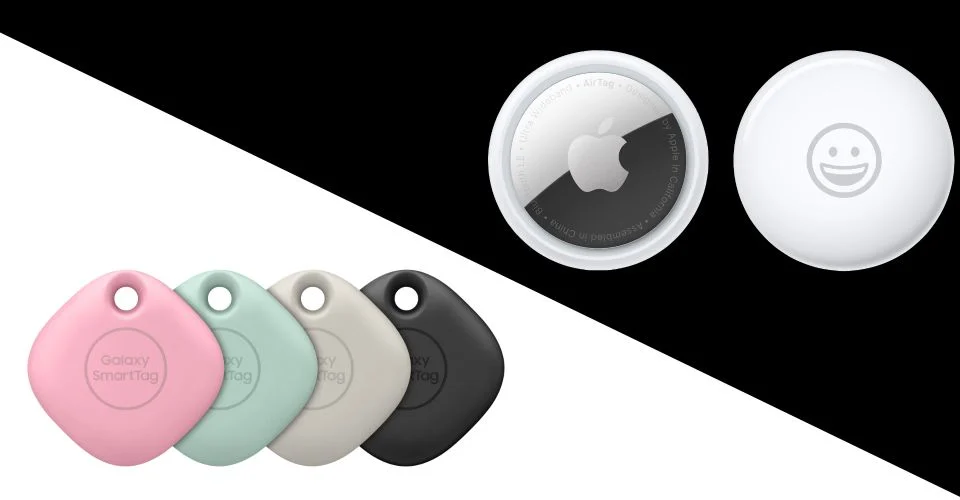Apple Releases
That said, the most significant change to the iPad Pro is the display, which now includes mini-LED backlighting. The 12.9” display uses over 10,000 mini-LEDs to drive 2,500 zones that can be individually controlled as to brightness. This allows the display to reach 1,600 nits peak brightness (1,000 typically) and is a far cry from the 72 LEDs that were in the previous iPad Pro display. While this certainly was not unexpected, Apple’s entry into the mini-LED world legitimizes further a technology that helps to maintain the huge investment the industry has made in LCD technology, and adds a bit of cache to the LED space, at least for those producers that have anticipated the mini-LED transition. While producing mini-LED backlighting has its differences from standard LED BLUs, the basic technology is the same, which gives it a shorter adoption timeline, offset by the potential for a shorter ‘first mover’ advantage, with a boost in quality that should compete more effectively with OLED.
Apple also introduced its Air Tag, a tracking device that is very similar to the Smart Tag+ that Samsung (005930.KS) released recently. Both devices operate using Bluetooth to find tagged items that are within a few hundred feet, but take lost item discovery a step further using UWB (Ultra-wide band) technology to find items out of Bluetooth range. There are a few differences between these two competing tags, but by and large they are the same, with the most likely choice for users being the one attached to their current ecosystem. The table below points out the similarities and differences.
Given the relatively limited number of devices that are equipped with UWB, much of the ‘finding’ will be done within Bluetooth range, which can accurately find objects within a theoretical 400 foot range, although most Bluetooth trackers are more practically limited to ~200 feet. Adding UWB opens tracking up to far more precision, down to centimeters, although Apple’s system shows you how far and which direction from the lost object you are while Samsung’s system overlays the object’s location onto the phone’s camera image, which gives a visual location of the lost item rather than a distance measurement. The interesting part of these ‘finding’ networks is that any device so equipped will sense a lost tag and notify the owner that the tag has been located without the intervention of the ‘finder’. This allows for tagged items to remain hidden from the finder unless the owner wants the tagged item recognized by the finder. This, along with encryption and shifting Bluetooth codes, keep the tag user anonymous and (hopefully) protected from being tracked.
Networks such as these are only as effective as the number of ‘network equipped’ devices increases, giving a greater chance that someone in a particular network will eventually come close to the missing item. There are ~260m active smartphone users in the US, with ~113m active iPhone users, so Apple likely has the larger installed base and therefore a better chance of finding a lost item, however Samsung has a larger global installed base, so each has some advantages, but the biggest question will wind up being how inexpensively such tags can become, as their cost will determine their usage. Paying $30 or $40 for a tag means the item you are tagging has significant worth, but a $1 or $2 tag would be justifiable on a much wider variety of items.



 RSS Feed
RSS Feed